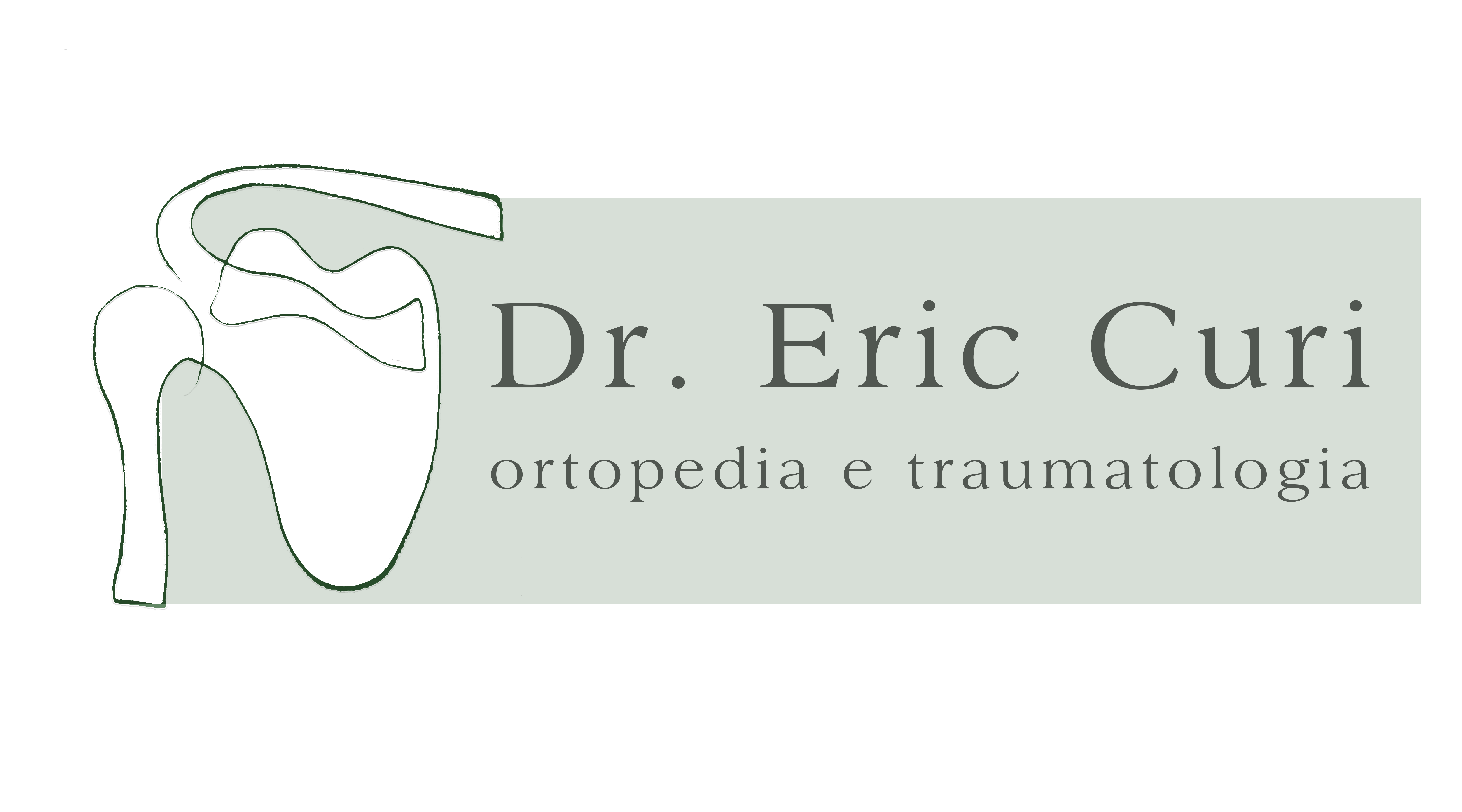Meet Dr. Eric Curi, Orthopedic Surgeon and Traumatologist, specialist in Shoulder and Elbow surgery in São Paulo.
Shoulder dislocations
Shoulder pathologies
Elbow pathologies
General Orthopedics
Últimos Artigos
Did you know that shoulder dislocations are a common joint injury among patients who frequently use this joint, such as athletes or those who experience accidents?
A dislocation occurs when the head of the humerus (the upper part of the arm bone) comes out of the shoulder cavity (called the glenoid, a part of the scapula), causing intense pain and movement limitation.
In this section, we’ll explain what a shoulder dislocation is, its causes, consequences, and the importance of appropriate treatment to prevent recurrences and complications.

X-ray of a right dislocated shoulder
Did you know that shoulder dislocations are a common joint injury among patients who frequently use this joint, such as athletes or those who experience accidents?
A dislocation occurs when the head of the humerus (the upper part of the arm bone) comes out of the shoulder cavity (called the glenoid, a part of the scapula), causing intense pain and movement limitation.
In this section, we’ll explain what a shoulder dislocation is, its causes, consequences, and the importance of appropriate treatment to prevent recurrences and complications.
If you or someone you know has ever experienced a shoulder dislocation, keep reading to learn everything about this condition and how to recover effectively!
How does the shoulder joint work?
The main shoulder joint is formed by the junction of the humerus (arm bone) and the glenoid (part of the scapula), which is the focus of this discussion.
This joint, known as the glenohumeral joint, is surrounded by ligaments, tendons, and muscles—structures that provide stability and allow movement.
One of the most notable features of the shoulder is its range of motion, which also makes it vulnerable to injuries.
The ligaments and muscles around the shoulder play a crucial role in maintaining joint stability.
Thus, injuries to these structures can lead to dislocation, meaning the humerus has moved out of its place in the glenoid.

What is shoulder dislocation?
A shoulder dislocation occurs when the head of the humerus moves out of the glenoid cavity. There are two main types of shoulder dislocations:
- Anterior dislocation: The humerus moves forward relative to the glenoid. This is the most common type, accounting for over 90% of cases.
- Posterior dislocation: The humerus moves backward relative to the glenoid. This type usually occurs after a seizure or severe electrical shock.

Schematic image showing a normal right shoulder, anterior dislocation, and posterior dislocation.
In addition to a “complete” dislocation, there is also subluxation, where the joint becomes unstable and almost dislocates partially, causing injury but not staying out of place.
After a dislocation, several stabilizing structures around the shoulder, such as ligaments and cartilage, are damaged. This injury is often extensive and can lead to improper healing, leaving the shoulder more susceptible to future dislocation episodes. Younger patients are particularly vulnerable to these recurrences, which is known as glenohumeral instability.

A right dislocated shoulder clinical presentation

O acrômio (parte da escápula) fica saliente na pele e se aparenta como uma dragona das roupas militares antigas.
Main causes of shoulder dislocation
There are several causes of shoulder dislocation, including direct trauma, falls, and accidents.
Athletes, particularly those involved in contact sports, are at higher risk.
Furthermore, people with lax ligaments or neuromuscular disorders can suffer dislocations even without significant trauma.Anterior dislocation is typically caused by a direct trauma, such as a fall or blow.
Posterior dislocation, being less common, is often linked to very specific traumas, seizures, and electrical shocks.
It’s important to note that each episode of dislocation can cause further damage to the shoulder joint. In other words, the more frequent the dislocations, the higher the risk of developing early-onset arthritis, chronic pain, reduced range of motion, and loss of strength
Treatment of shoulder dislocation
If you experience a shoulder dislocation, it’s crucial to seek immediate medical attention. This is because the joint must be relocated by a trained professional to avoid further damage.Once the shoulder is put back in place, it is recommended to wear a sling for a specified period. Imaging tests, such as X-rays and MRIs, are essential to assess the extent of the damage.
Rehabilitation will include strengthening the muscles that stabilize the shoulder, particularly the rotator cuff muscles. Physiotherapy techniques will help improve body awareness and posture.
In cases of severe instability or recurring injuries, shoulder surgery may be necessary. Usually, we perform this surgery arthroscopically, a less invasive procedure to repair injuries and reconstruct damaged structures. In some cases, especially those involving bone loss, open surgery may be required for bone and ligament reconstruction.
Shoulder dislocation is a serious injury that requires immediate medical care and proper treatment to prevent complications and recurrences.
Understanding the shoulder joint, the causes and consequences of dislocation, and the available treatment methods is essential for effective recovery.
If you are dealing with shoulder dislocation issues, don’t hesitate to consult an orthopedic specialist for a proper diagnosis and treatment.
For more information and specific guidance, schedule a consultation with Dr. Eric Curi, a shoulder expert. Let’s work together to ensure your full recovery and prevent future injuries!
Want to Learn More? Schedule a Consultation with Dr. Eric Curi.
Vila Olímpia
SARTOR - Medicina Integrada
- (11) 3045-2090
- Rua Helena, 218 - Trade Tower - 4º Andar
- Segunda - Sexta : 09:00 -18:00








